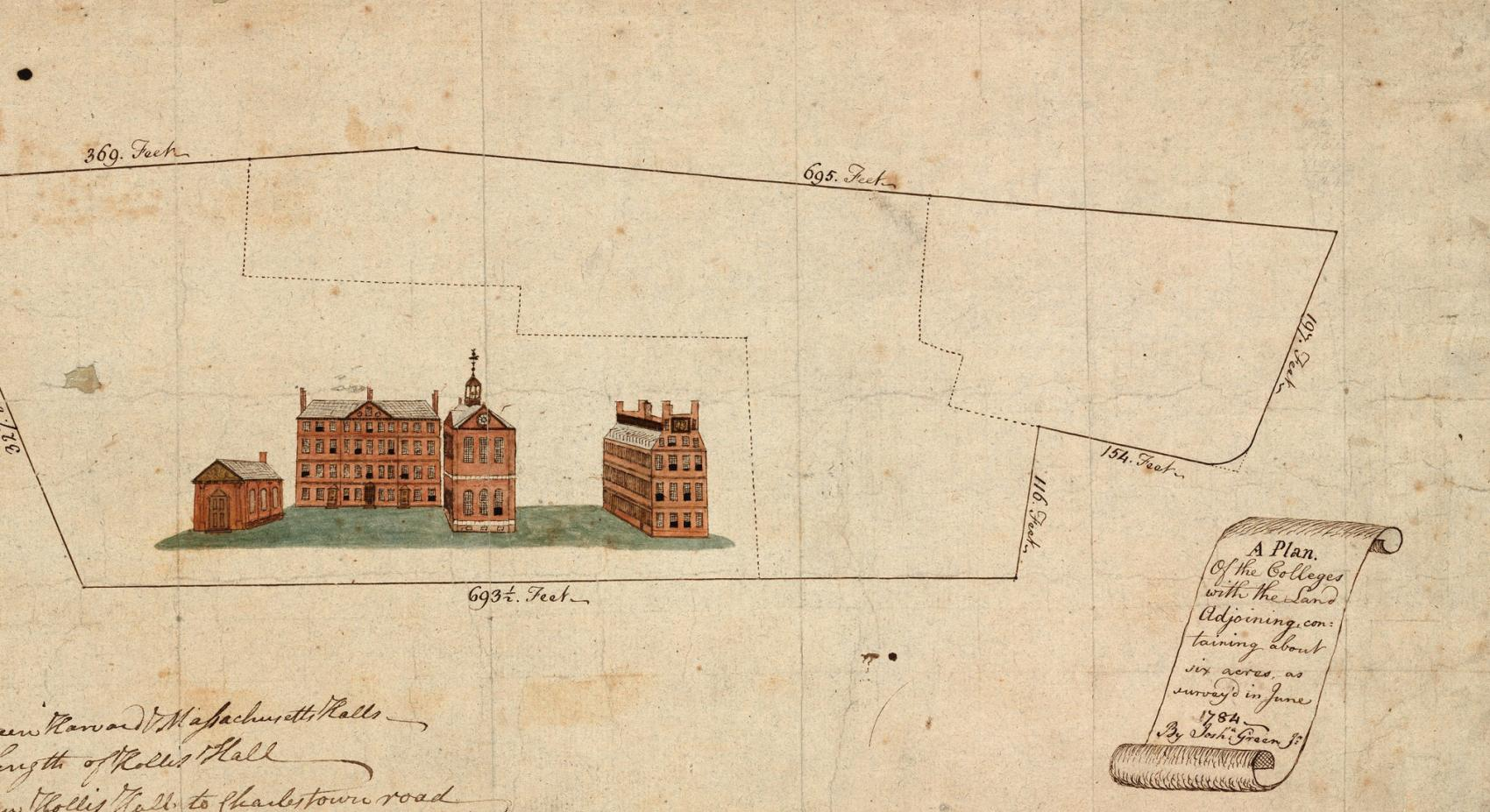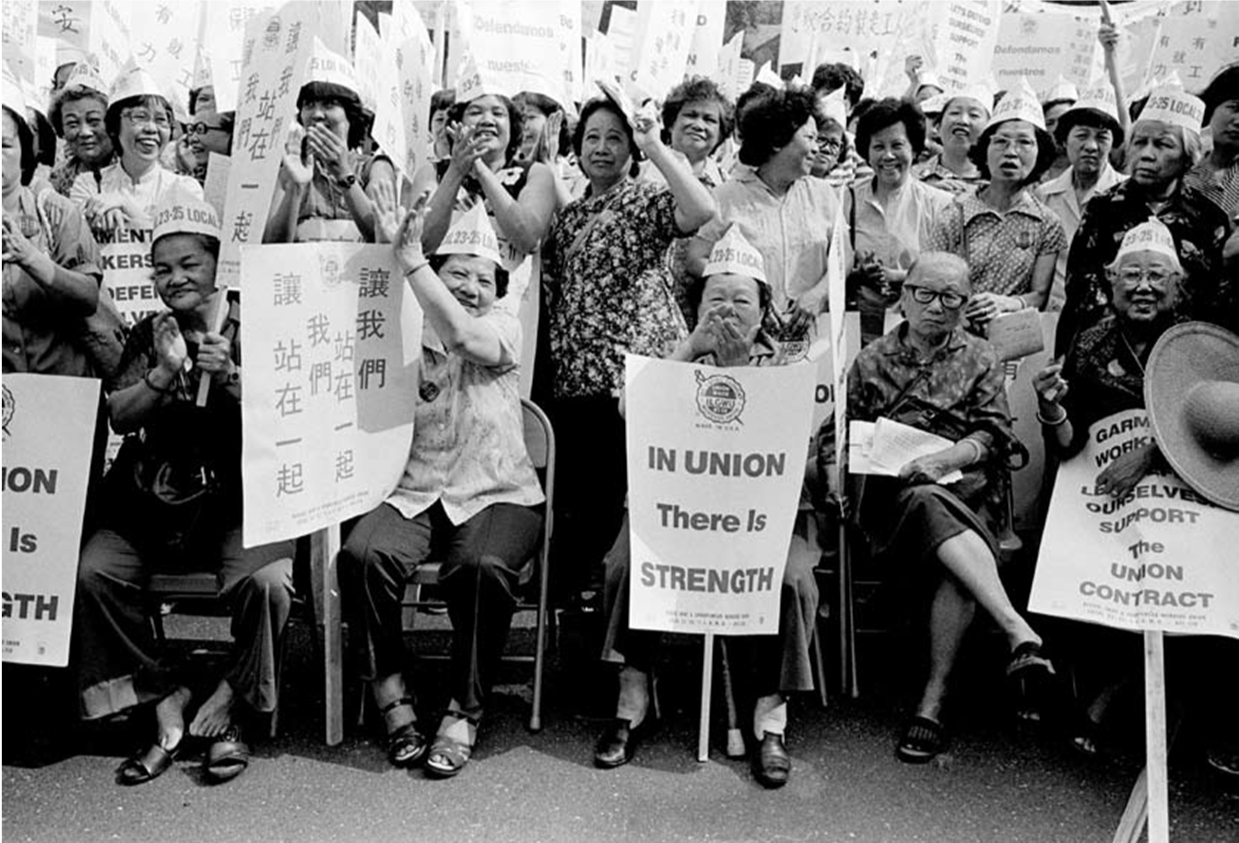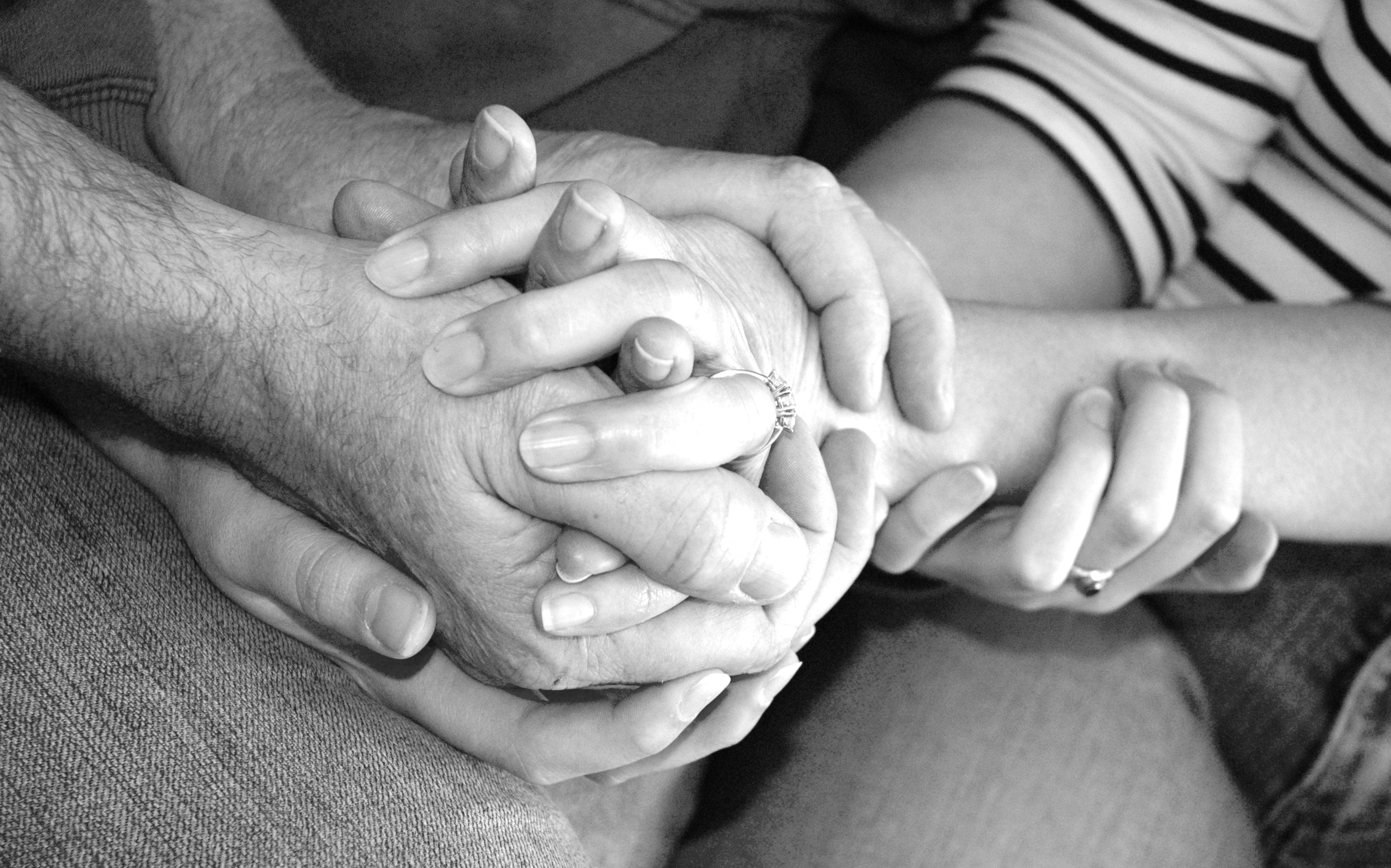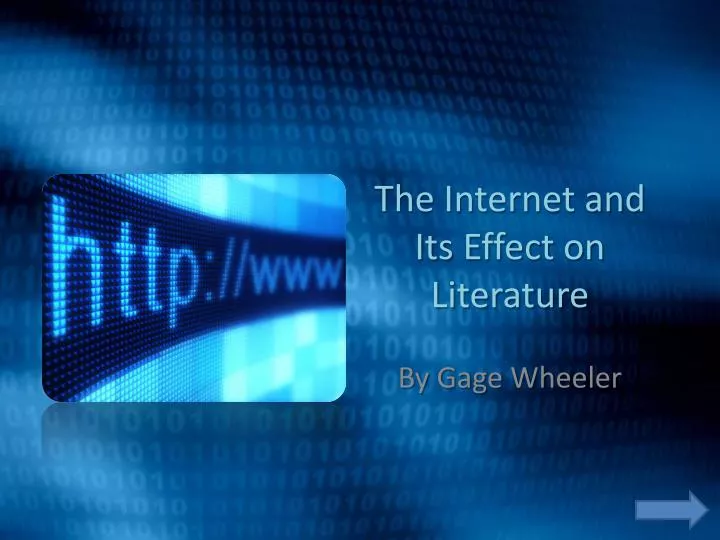The Harvard University Archives serve as a vital repository of history, preserving not just the storied past of Harvard but also key moments in American history. This treasure trove includes archival documents such as a heartfelt letter from John F. Kennedy to his Harvard classmates and a poignant correspondence from W.E.B. Du Bois that addresses race relations in America. As the world grapples with the impacts of events like the COVID-19 pandemic, the Archives also captures contemporary narratives, including digital snapshots from Harvard during this turbulent time. Each item, whether it’s a photograph or a handwritten note, contributes to our understanding of Harvard history and reflects the broader American experience. By showcasing these unique pieces, the Harvard University Archives continues to demonstrate its commitment to preserving the richness of our collective heritage.
The Archives at Harvard University represent a significant collection of historical materials that illuminate the institution’s legacy and its connections to significant cultural events. Often referred to as custodians of heritage, archivists meticulously gather and preserve important documents, including letters and personal artifacts from notable individuals like John F. Kennedy and W.E.B. Du Bois. Additionally, they capture contemporary events, such as the establishment of COVID-19 archives, which provide insight into how society responds to crises. These collections not only facilitate research but also make vital resources accessible to the public, thus enriching our understanding of Harvard’s historical context and its role in American society.
Exploring Harvard’s Rich Historical Tapestry
Harvard University boasts a unique and profound historical narrative that reflects America’s journey through time. The artifacts held within the Harvard University Archives, such as the handwritten letter from John F. Kennedy to his classmates, not only mark significant personal history but also illuminate broader societal changes. These archival documents serve as crucial pieces in understanding the fabric of American life, highlighting pivotal moments that shaped the identity of both the university and the nation at large.
Moreover, items like the 1905 letter from W.E.B. Du Bois contribute to this rich narrative by presenting early thoughts on race relations, allowing contemporary scholars to analyze historical perspectives and their impact today. Such archival documents are essential for examining how historical contexts influence current social and cultural dialogues, thereby reinforcing the commitment of Harvard archivists to preserve and promote these critical resources.
The Importance of Archival Work in Education
The role of archivists in educational institutions like Harvard University is vital to demystifying history and making it accessible to the public. The recent ‘Archives Inside Out’ exhibit sheds light on this essential work by showcasing beloved items, chosen by archivists, that highlight their unique expertise and passion for history. By bringing attention to artifacts such as photographs of women computers at the Harvard College Observatory, the exhibit also underscores the previously overlooked contributions of various groups in history.
Educators and students alike can greatly benefit from the wealth of knowledge contained within these archives. Engaging with primary sources allows for deeper analysis and a richer understanding of historical events. The archival work performed at Harvard not only preserves the university’s history but also fosters critical thinking and academic exploration among students, making it a cornerstone of the institution’s educational mission.
Documenting Cultural Milestones: The COVID-19 Archives
As the world grappled with the COVID-19 pandemic, Harvard archivists took proactive steps to document the university’s response to this unprecedented challenge. By archiving materials such as a screen capture from The Harvard Crimson, which reported on Harvard President Bacow’s positive COVID-19 test, the archives provide a critical snapshot of a unique time in history. These COVID-19 archives are expected to serve as significant resources for future scholars seeking to analyze how educational institutions navigated crisis situations.
Such documentation reinforces the notion that archives play a crucial role in preserving the lived experiences of communities during significant global events. Trends in behavior, institutional policies, and academic responses are all captured through these archival documents, establishing a foundation for understanding how society has adapted and responded to crises. The commitment to creating a comprehensive repository of this experience emphasizes the importance of archiving in maintaining a record of public health history.
The Union of Personal Narratives and Historical Documentation
Personal letters, like the one from Ragan Henry to Joseph Levow Steinberg, reveal intimate glimpses into the lives of individuals, providing context to historical events through personal narratives. These documents are invaluable as they embody the intersection of cultural histories and individual experiences, thereby enriching the academic discourse surrounding topics like race, identity, and social change. Through these narratives, archivists at Harvard are able to offer a diverse representation of voices from the past.
By processing and digitizing collections from under-represented communities, the Harvard library strives to ensure that all aspects of history are acknowledged and preserved. This dedication to diversity in archival collections underscores the significance of these personal accounts in understanding broader historical themes and dynamics. As these letters and personal documents become part of the archival record, they help to foster empathy and deeper connections to those who lived through various historical moments.
Uncovering Overlooked Contributions through Archival Research
In examining archival items like the perpetual calendar owned by Thomas Hill, Harvard demonstrates its commitment to uncovering the contributions of individuals often overlooked in mainstream narratives. Such artifacts reveal the multiple facets of university life and leadership, showcasing the diverse interests and talents of figures like Hill. The careful curation and presentation of these items allow visitors and researchers alike to engage with the rich tapestry of Harvard’s history.
Additionally, highlighting lesser-known stories encourages a more nuanced understanding of history. The archival work at Harvard is not solely about preserving iconic documents but also about recognizing and preserving the subtler aspects of history that contribute to a fuller understanding of the past. This ongoing effort by archivists to present varied perspectives fosters an inclusive historical narrative that resonates with today’s diverse society.
Innovative Practices in Archival Management
The role of archivists extends beyond mere preservation; it includes employing innovative practices to connect with contemporary audiences. By adapting digitization techniques and web archiving initiatives, Harvard archivists are able to document and disseminate important historical materials in a format that is accessible and engaging. The digitization of collections not only safeguards these historical items but also invites scholars and the public to interact with the archives in new and meaningful ways.
These innovative practices demonstrate the evolving nature of archival work, as archivists find creative solutions to meet the needs of researchers in the digital age. By leveraging technology, Harvard’s archivists can ensure that historical documents are not just relics of the past, but are actively integrated into ongoing scholarly conversations and cultural explorations. This forward-thinking approach revitalizes the importance of archives in education and public history.
The Role of University Exhibits in Community Engagement
The ‘Archives Inside Out’ exhibit not only showcases historical materials but also serves as a platform for community engagement. Through the careful selection of items that reflect both Harvard’s and America’s history, the exhibition draws in diverse audiences and fosters appreciation for the intricacies of archival work. By inviting input from archivists across different departments, the exhibit emphasizes collaboration and the multifaceted nature of historical scholarship.
Such community-oriented initiatives illustrate how the archives can function as a bridge between academic research and public interest. Engaging the public with artifacts that tell compelling stories helps demystify the archival process and invites visitors to actively participate in their history. As audiences connect with the material on display, they develop a deeper understanding of the value of preserving history and the role it plays in shaping future narratives.
Preserving Voices Against the Tide of Time
Archival collections, such as those containing personal accounts of Harvard students during World War II, emphasize the importance of storytelling in history. The bound typescript of ‘We Also Have a Voice: The Story of Harvard Pacifists During the Second World War’ captures the sentiments of those who opposed military service, providing future generations with insights into dissent and activism during a tumultuous period. This preservation of voices encourages critical thought and dialogue about peace, war, and moral choices.
By maintaining these narratives within the Harvard University Archives, archivists ensure that the experiences and perspectives of those who challenged societal norms are not overlooked in historical discourse. These materials serve as vital resources for understanding the complexities of individual agency within larger historical frameworks, highlighting the importance of preserving such stories in the face of pervasive narratives.
The Future of Archiving: Evolving with Technology
As we move further into the digital age, the future of archival work will heavily rely on evolving technology. Harvard University Archives is at the forefront of this transition, embracing digital formats to enhance accessibility and preservation. Digital archiving not only helps safeguard the integrity of fragile documents but also allows for innovative ways to engage with archival materials, thereby democratizing access to history.
In this new landscape, archivists are tasked with balancing the traditional values of preserving history with the demands of contemporary technological practices. By utilizing web archiving tools and digital repositories, they ensure that the stories of Harvard and America continue to be told, allowing researchers, students, and the public to connect with their shared history in relevant and impactful ways.
Frequently Asked Questions
What types of archival documents can be found in the Harvard University Archives?
The Harvard University Archives houses a diverse range of archival documents including letters, photographs, manuscripts, and artifacts that showcase Harvard’s rich history. Highlights include a handwritten note from John F. Kennedy to his classmates and correspondence from W.E.B. Du Bois, illustrating the influential figures linked to the university.
How does the Harvard University Archives contribute to preserving Harvard history?
The Harvard University Archives plays a crucial role in preserving Harvard history by collecting and maintaining documents that reflect the university’s evolution, community, and impact on society. This includes items like the Harvard Crimson coverage from the COVID-19 pandemic, ensuring that future generations can access and learn from these historical moments.
Can I view the John F. Kennedy letter at the Harvard University Archives?
Yes, the John F. Kennedy letter, which was written to the Harvard College Class of 1940, is part of the Harvard University Archives collection. It is featured in exhibitions like ‘Archives Inside Out,’ highlighting its significance in both Harvard’s and America’s history.
Where can I find information about W.E.B. Du Bois in the Harvard University Archives?
Information about W.E.B. Du Bois can be found within the Harvard University Archives, especially in the digitized collections that include his correspondence, such as a letter to his mentor Albert Bushnell Hart. This document provides insights into his thoughts on race relations during the early 20th century.
What are some recent additions to the Harvard University Archives related to COVID-19?
Recent additions to the Harvard University Archives include digital collections documenting the university’s response to the COVID-19 pandemic, such as a screen capture of The Harvard Crimson from March 2020, which chronicles the early days of the pandemic at Harvard.
How can I access the archival documents at the Harvard University Archives?
To access archival documents at the Harvard University Archives, you can visit in person, or utilize their online catalog and databases for digitized collections. Research hours and contact information are available on their official website.
What does the exhibit ‘Archives Inside Out’ showcase about Harvard’s archival documents?
The ‘Archives Inside Out’ exhibit at the Harvard University Archives showcases selected archival documents that illuminate the intersection of Harvard’s history and broader American narratives. Items include personal correspondence from historical figures and items that reflect the university’s evolving community.
What role do archivists play in maintaining the Harvard University Archives?
Archivists at the Harvard University Archives play a vital role in preserving, cataloging, and providing access to historical documents. They assess collections, ensure the preservation of archival materials, and facilitate research by connecting scholars to relevant documents, such as those addressing issues like race and wartime pacifism.
Are there special collections in the Harvard University Archives related to marginalized voices?
Yes, the Harvard University Archives includes special collections focused on marginalized voices, including personal letters and documents from underrepresented communities. These collections aim to provide a more inclusive narrative of Harvard’s history.
What insights can be gained from the Harvard University Archives regarding American history?
The Harvard University Archives offers valuable insights into American history by documenting significant events, social movements, and influential figures through its extensive collections. For instance, letters from alumni during pivotal moments, such as wartime or social change, reveal personal perspectives that contribute to our understanding of historical contexts.
| Item Description | Archivist’s Remarks |
|---|---|
| Letter from John F. Kennedy to members of the Harvard College Class of 1940, circa 1946 | This letter offers a warm glimpse into the life of former President John F. Kennedy, highlighting his connection to Harvard and his humor. |
| Photograph of women computers at the Harvard College Observatory, circa 1900 | This photo showcases the important yet often invisible contributions of women in early astronomical research, drawing parallels to contemporary workplace experiences. |
| Letter from W.E.B. Du Bois to Albert Bushnell Hart, Oct. 9, 1905 | This correspondence reveals the diversity of opinions surrounding race relations in America during the early 20th century, enriching our understanding of historical dialogues. |
| Perpetual calendar, circa 1885 | Created by Harvard’s president Thomas Hill, this unique artifact reflects his interests beyond education and emphasizes the innovative spirit at Harvard. |
| Screen capture of The Harvard Crimson, March 24, 2020 | This digital capture documents Harvard’s response to the COVID-19 pandemic, preserving an essential narrative of resilience during uncertain times. |
| Sketches from the Harvard Lampoon, 1882 | These sketches represent the historical significance of student publications and the role of humor in Harvard’s student culture. |
| Letter from Seamus Heaney to Helen Vendler, Oct. 30, 2006 | Heaney’s letter deepens our understanding of literary relationships and the personal aspects of scholarly communication in the arts. |
| Letter from Ragan Henry to Joseph Levow Steinberg, June 25, 1953 | This personal correspondence offers insights into the experiences of marginalized communities within Harvard’s historical narrative. |
| Bound typescript of ‘We Also Have a Voice’, circa 1942 | This compilation of pacifist student testimonies during WWII emphasizes the role of the Archives in preserving dissenting voices in history. |
Summary
Harvard University Archives showcases a remarkable collection through its ‘Archives Inside Out’ exhibit, highlighting the unique intersections of history and personal narratives. The items on display, ranging from letters of prominent figures to artifacts representing student voices, reflect not only the history of Harvard but also that of the nation. This exhibit allows visitors to appreciate the depth and diversity of the archival collections and the essential work of archivists in making these narratives accessible to the public.



